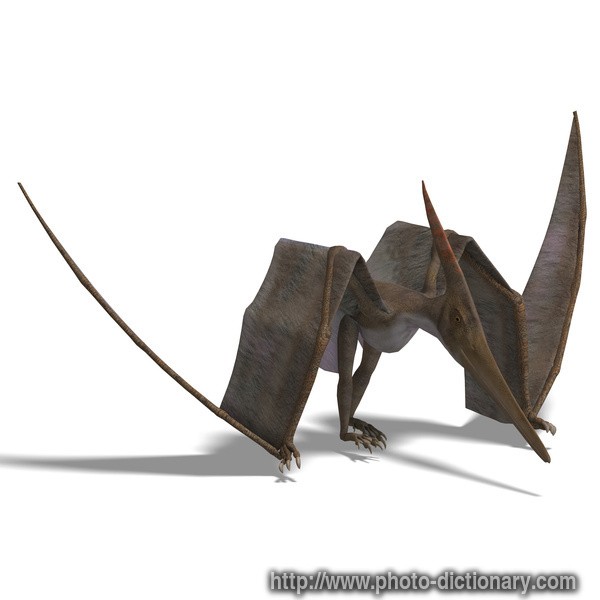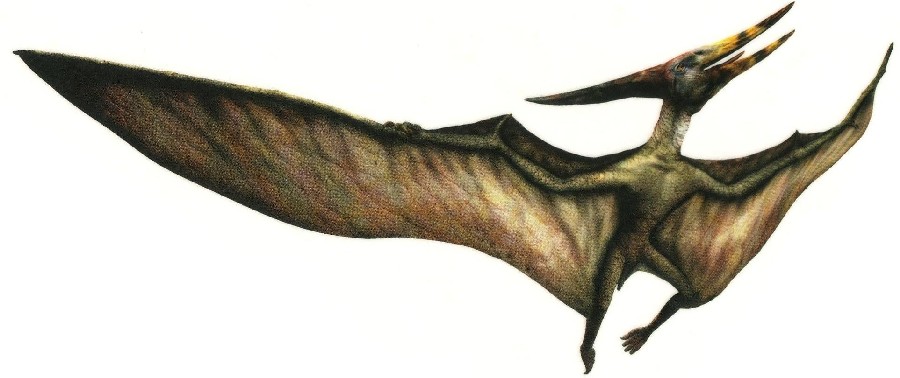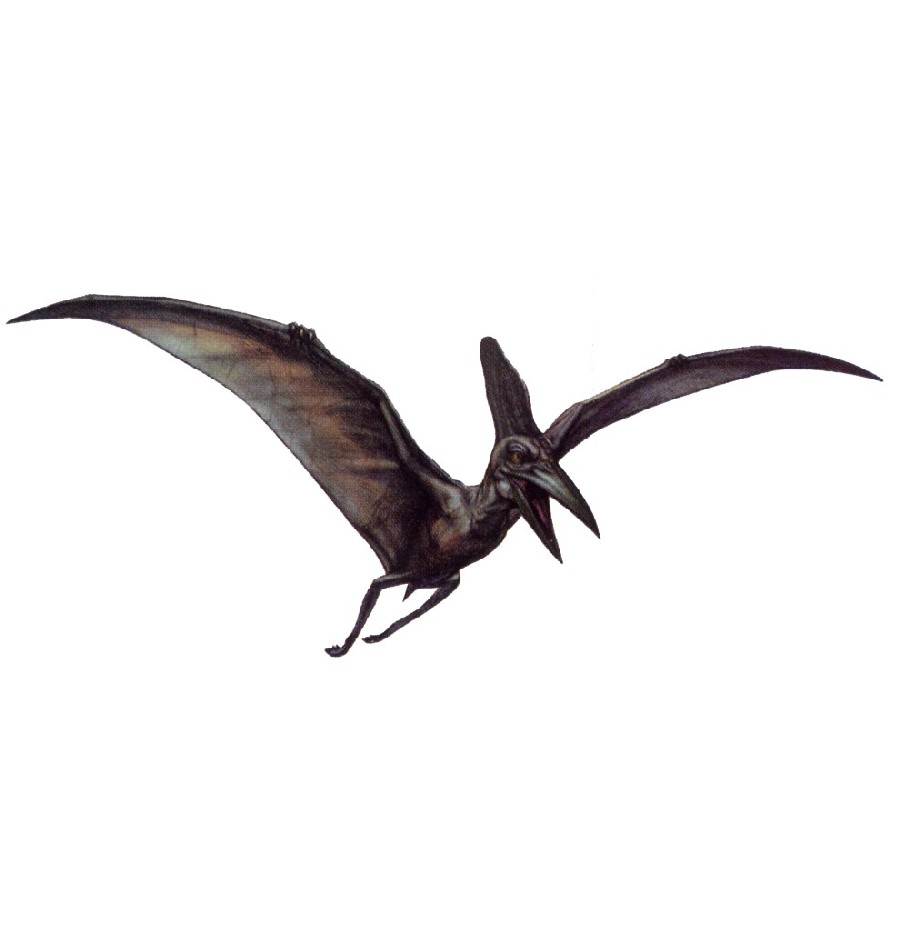База данных динозавров:
Общее количество образцов: 1365| name | Pteranodon (Птеранодоны) |
| period | Late Cretaceous (Верхний мел) |
| period_mya | 66 |
| date_from | 89.8 million years ago |
| date_to | 70.6 million years ago |
| date_from2 | 89.8 |
| date_to2 | 70.6 |
| lived_in | a marine environment (морская среда) |
| was_a | piscivore (рыбоядные) |
| url | https://dinosaurpictures.org/Pteranodon-pictures |
| description | With its kite-like body and wing structure, and a streamlined beak and crest, the Pteranodon is an airborne monster built for speed. However, the Pteranodon is not actually a dinosaur, but a pterosaur. This academic distinction doesn’t seem to have hurt its reputation among dinosaur lovers, and the Pteranodon is very often depicted alongside dinosaurs.The Pteranodon dwelt along the Western Interior Seaway, an ocean channel that would eventually become dry land in western North America. It had a wingspan of up to 20 feet, and its flight pattern probably resembled that of a large sea-bird. Its diet included fish, which may have resulted in the distinct formation of it’s spear-like skull and beak, adapted for diving from a great height to catch a meal. |
| articles | O. C. Marsh. 1876. Notice of a new sub-order of Pterosauria. American Journal of Science 11:507-509 O. C. Marsh. 1872. Preliminary description of Hesperornis regalis, with notices of four other new species of Cretaceous birds. The American Journal of Science and Arts, series 3 3(13-18):360-365 E. D. Cope. 1872. On two new ornithosaurians from Kansas. Proceedings of the American Philosophical Society 12:420-422 G. F. Sternberg and M. V. Walker. 1958. Observation of articulated limb bones of a recently discovered Pteranodon in the Niobrara Cretaceous of Kansas. Transactions of the Kansas Academy of Science 61(1):81-85 E. O. Wiley and J. D. Stewart. 1981. Urenchelys abditus, new species, the first undoubted eel (Teleostei: Anguilliformes) from the Cretaceous of North America. Journal of Vertebrate Paleontology 1(1):43-47 L. M. Lambe. 1914. Report of the vertebrate palaeontologist. Summary Report of the Geological Survey Department of Mines for the Calendar Year 1912 1305:397-403 O. C. Marsh. 1872. Discovery of additional remains of Pterosauria, with descriptions of two new species. American Journal of Science, Series 3 3:241-248 J. C. Harksen. 1966. Pteranodon sternbergi, a new fossil pterodactyl from the Niobrara Cretaceous of Kansas. Proceedings of the South Dakota Academy of Science 45:74-77 J. Hargrave. 2007. Pteranodon (Reptilia: Pterosauria): stratigraphic distribution and taphonomy in the lower Pierre Shale Group (Campanian), western South Dakota and eastern Wyoming. Geological Society of America Special Paper 427:215-225 C. Wiman. 1920. Some reptiles from the Niobrara Group in Kansas. Bulletin of the Geological Institute of the University of Uppsala 18:9-18 S. C. Bennett. 1991. Morphology of the Late Cretaceous pterosaur Pteranodon and systematics of the Pterodactyloidea. University of Kansas. G. F. Eaton. 1910. Osteology of Pteranodon. Memoirs of the Connecticut Academy of Arts and Science 2:1-38 D. Baird and P. M. Galton. 1981. Pterosaur bones from the Upper Cretaceous of Delaware. Journal of Vertebrate Paleontology 1(1):67-71 H. W. Miller. 1971. A skull of Pteranodon (Longicepia) longiceps Marsh associated with wing and body bones. Transactions of the Kansas Academy of Science 74(1):20-33 H. W. Miller. 1971. The taxonomy of the Pteranodon species from Kansas. Transactions of the Kansas Academy of Science 74(1):1-19 |
| habitat | marine (морской) |
| motility | actively mobile (подвижный) |
| points | 39.5353 -75.7264, 38.8 -100.867, 39.1167 -100.017, 38.9167 -101.183, 38.9139 -101.274, 38.9333 -101.272, 38.7667 -100.917, 38.9083 -101.236, 38.9083 -101.236, 38.7667 -100.917, 39.4167 -99.8333, 38.8236 -100.725, 39.3736 -99.7042, 38.8333 -100.117, 39.3667 -99.9333, 38.9167 -100.667, 38.7333 -101.167, 38.9056 -101.217, 43.8833 -102.25, 43.6667 -103.45, 43.2167 -103.45, 43.2167 -103.45, 43.2167 -103.45, 43.4127 -103.312, 43.4127 -103.312, 43.4127 -103.312, 43.0075 -103.297, 43.0075 -103.297, 43.2167 -103.45, 43.2167 -103.45, 43.0075 -103.297, 43.3833 -104.233, 38.7167 -100.7, 39.5417 -75.7264, 38.8779 -100.236, |
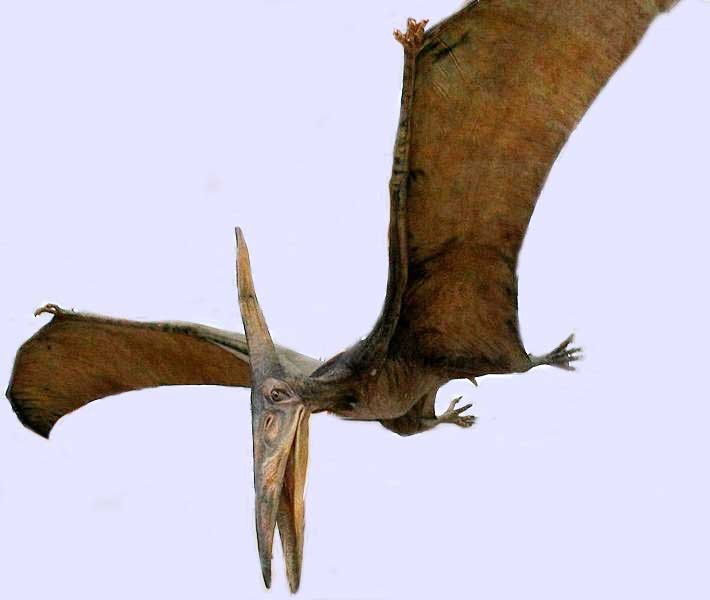
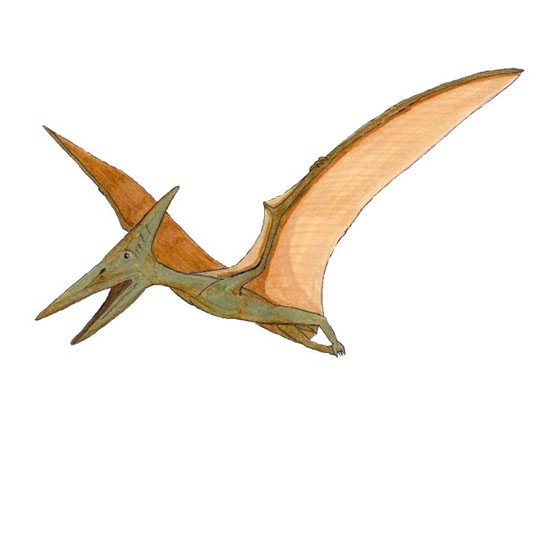
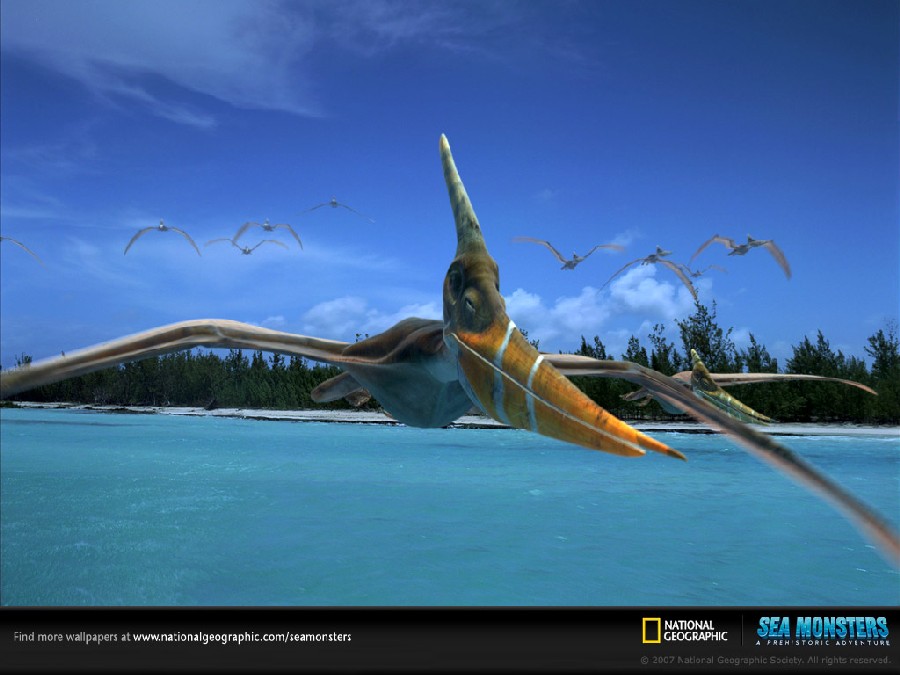
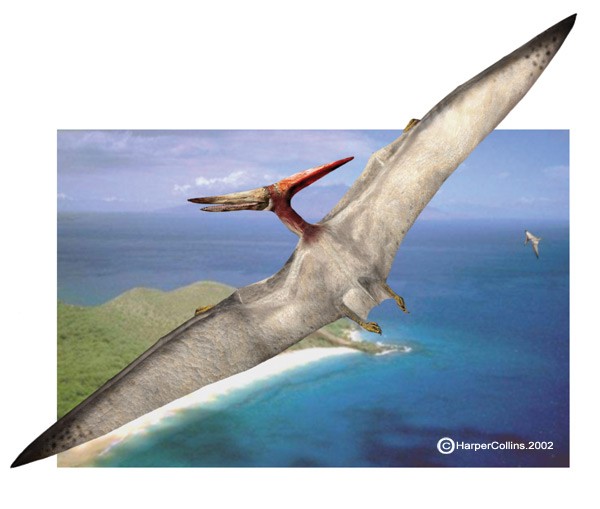
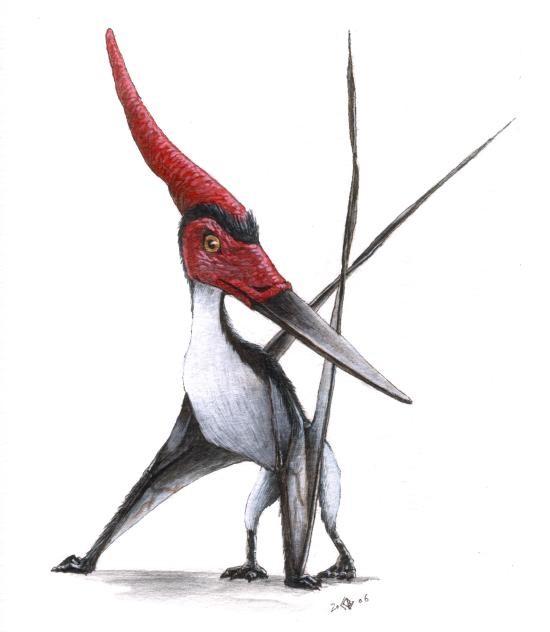
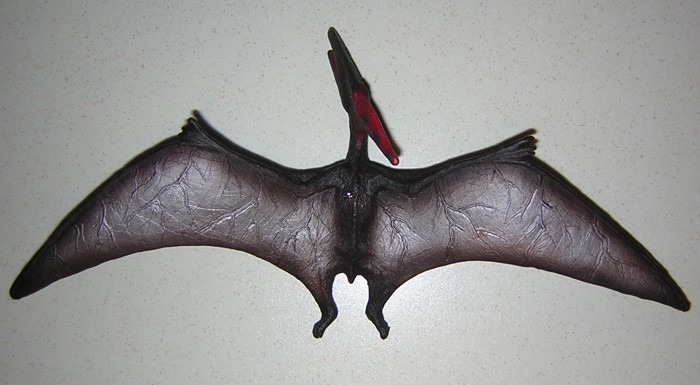
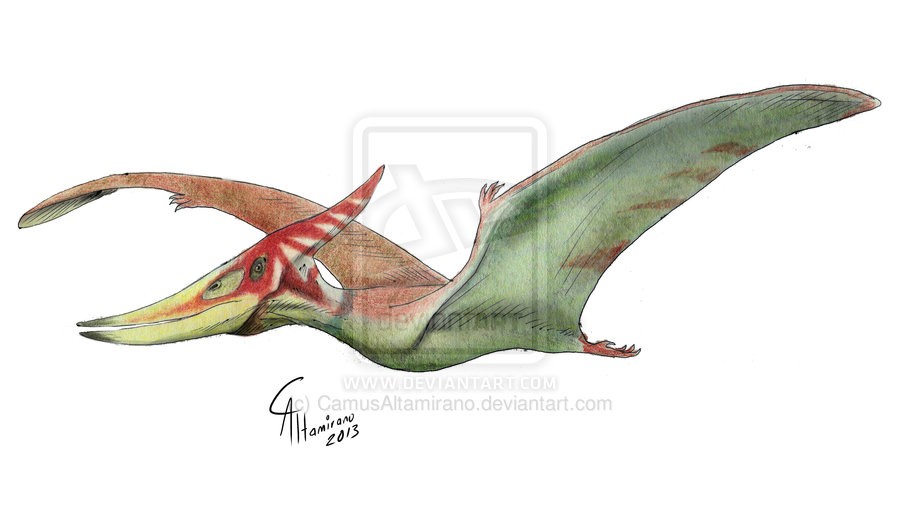
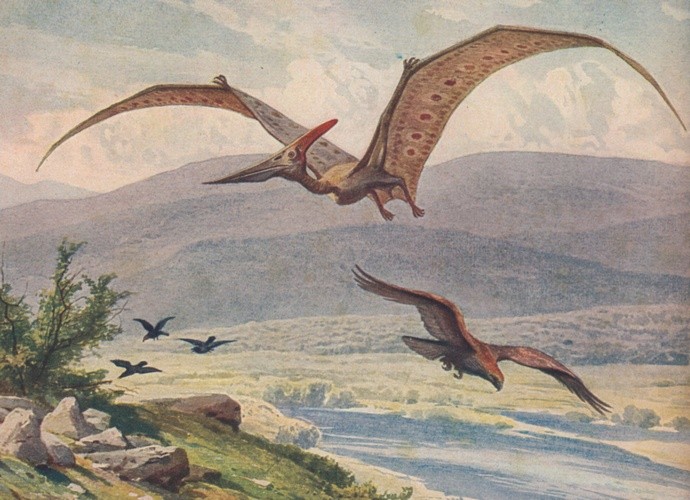
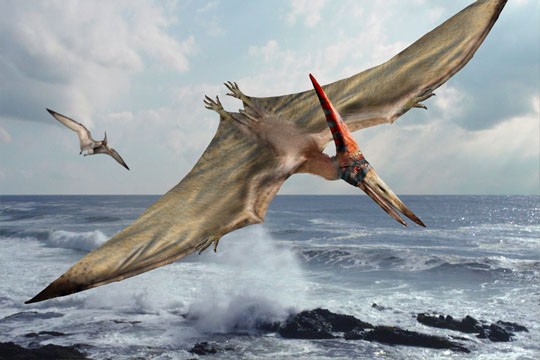
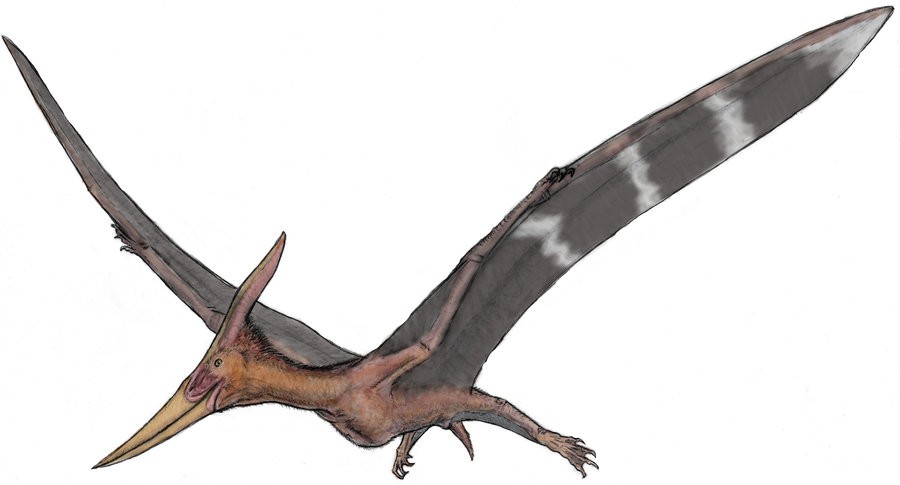
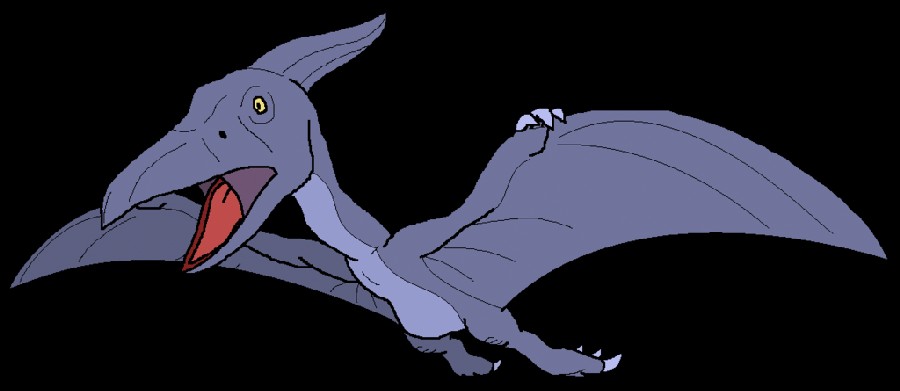
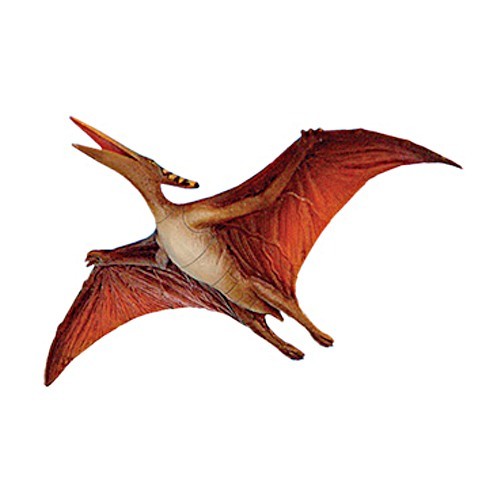
_421f.jpg)
